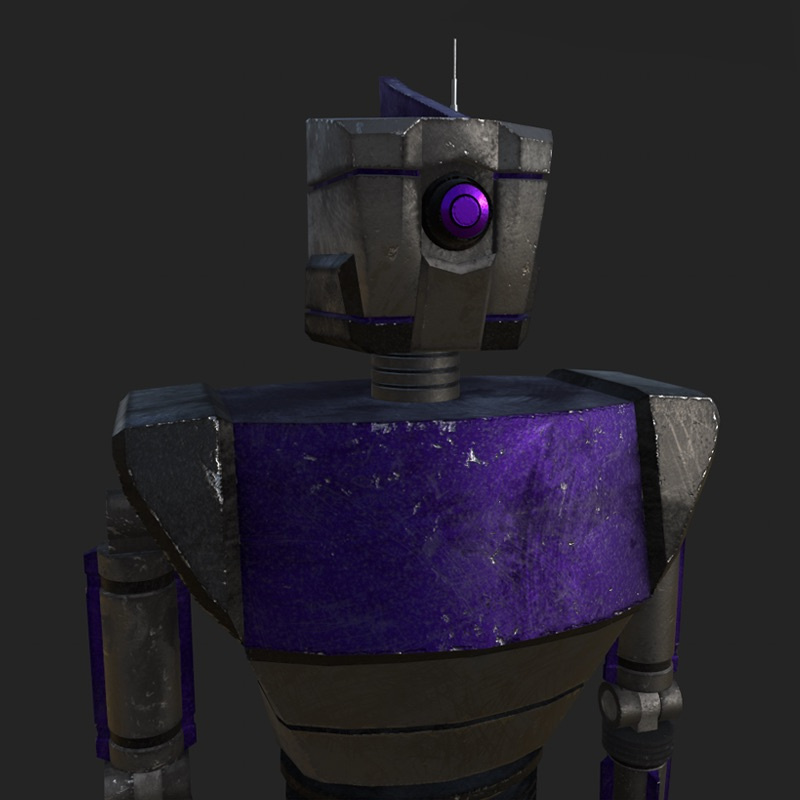Michael Sadler | Infynidas
A Game Developer, Scriptwriter and Programmer based in Sydney Australia.
My game projects are available for free on itch.io:
RK Override
RK Override is a narrative-driven sci-fi shooter video game where an uncompromising Mecha pilot fights for control with their moralistic AI system as it interferes with gameplay, challenging the player’s choices.
The game is an hour long, featuring combat, environment exploration, animated cutscenes and full voice acting. RK Override is planned to release on itch.io and Steam for free later this year.
Snake Break
Become the Snake King of Woodburr by causing as much mayhem as possible, destroying everything in your path and scaring everybody in sight! Drag and launch the snake to destroy as many objects as possible, collecting powerups and sending humans running in panic!Snake Break was created as part of the SXSW Sydney 2025 Snake Jam, with the game being created in 14 days.
The full game is available for free on itch.io (Windows and Mac):
Game Features:• Fully destructible 3D environments• 10 levels featuring different gameplay styles and environments• Scare humans to send them running!• 4 different apple power-ups• 3 star high score system
The Academy of Kinetic Magic
The Academy of Kinetic Magic is a 3D Fantasy Puzzle Platformer with Object Manipulation Abilities. Take on the academy exam by completing 15 levels across 5 different modules, and try to get the highest grade!
The full game is available for free on itch.io (Windows and Mac):
Game Features:• 15 levels featuring various puzzles and platforming challenges• 6 object manipulation abilities: Grab, Gravity, Clone, Scale, Rewind and Fuse• Over 100 custom-made models• Custom shader to emulate a hand-drawn, comic-like pen and ink style• Animated adaptive UI• Hint, message and scoring systems• Comic-like word effects that appear to emphasise actions• Sound effects and background music
Runaway Saloon Arcade
Runaway Saloon Arcade is a 3D top-down arcade shooter where players aim to get the highest score.An arcade machine has escaped the saloon, and all the mighty cowboys of the land are hunting it down! Play as the arcade machine and run away from the cowboys for as long as possible.This project was created as a part of the SXSW Sydney 2024 Cowboy Game Jam, with the game being developed in 14 days.
The full game is available for free on itch.io (Windows and Mac):
Game Features:• 3 types of endlessly spawning cowboys• Limited ammunition system: collect coins to get more ammo• Interactable objects: Hundreds of objects in the level can be flung around, with these being able to destroy cowboys• Cowboy hat collectable: double movement speed for a few seconds• Sheriff badge collectable: Earn more points• High score system• Cowboy quotes on the game over screen• 4 difficulty modes and starting coin counts
About

Hello! I’m Michael Sadler, a game developer, scriptwriter and programmer based in Sydney Australia.
I’m passionate about crafting immersive and impactful stories for others to experience. I have always loved games, and have a strong desire to continue creating game worlds to share with other people.I enjoy working in collaborative environments, and am always willing to learn new skills and techniques to ensure each project I work on is better than the last.
My resume and portfolio are available upon request.
Thank you for viewing my website!




Socials